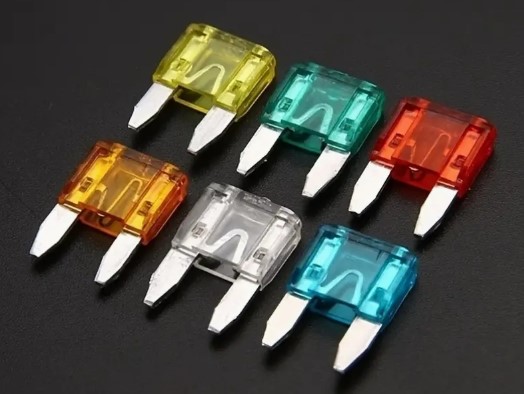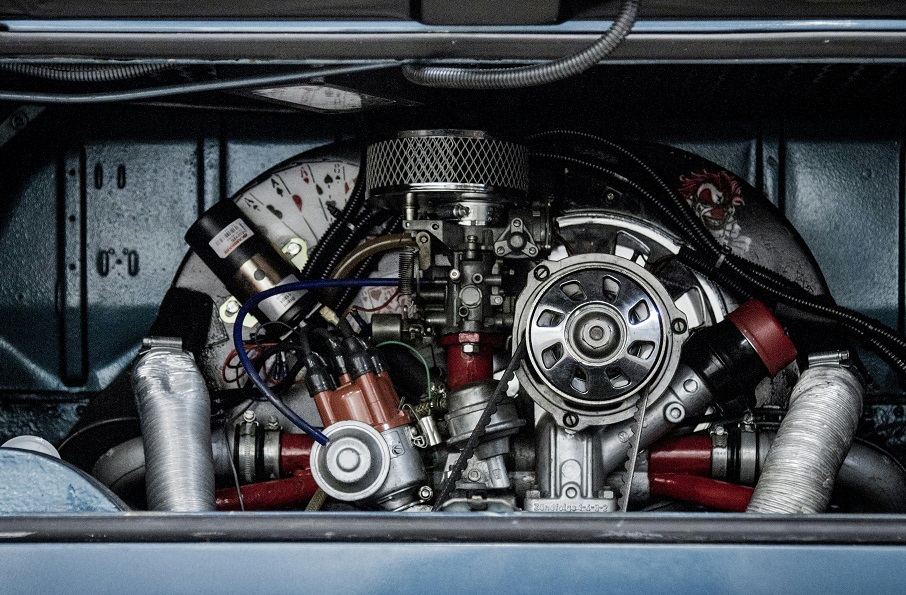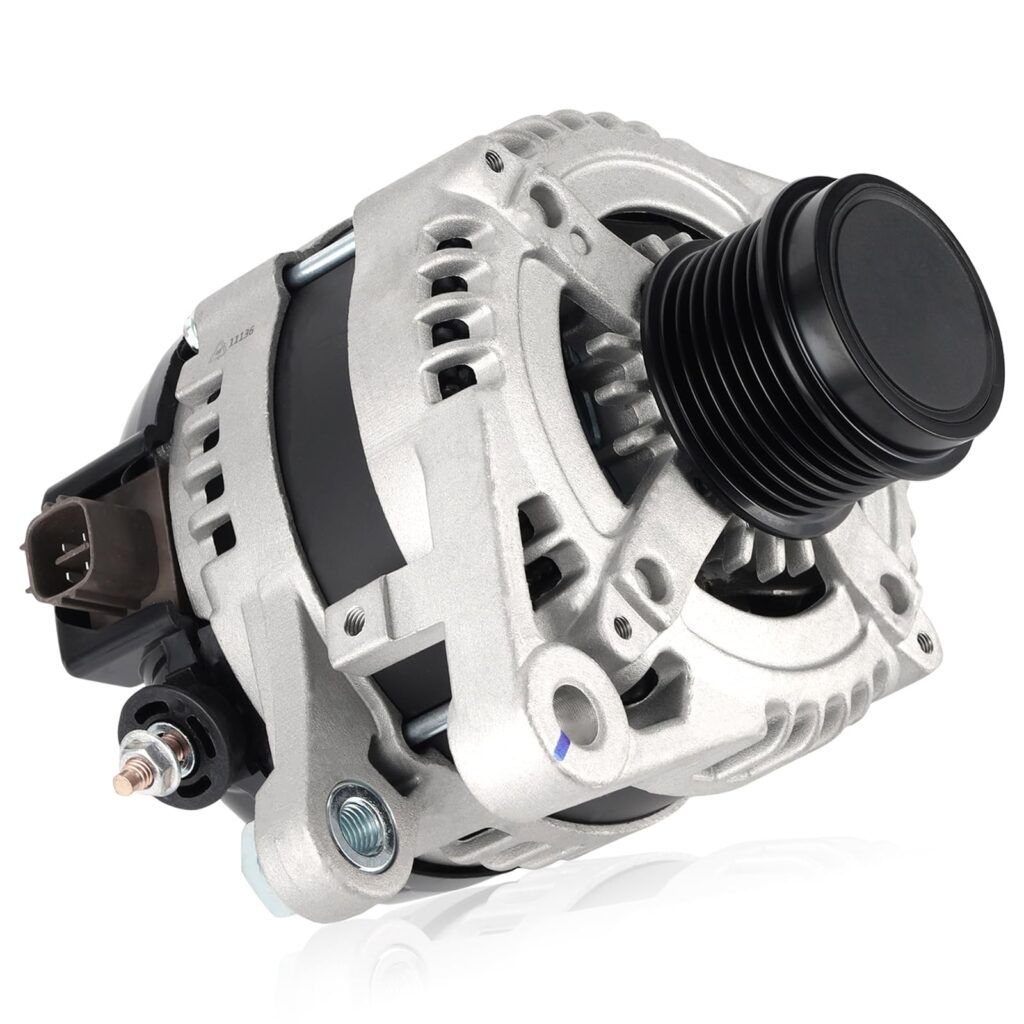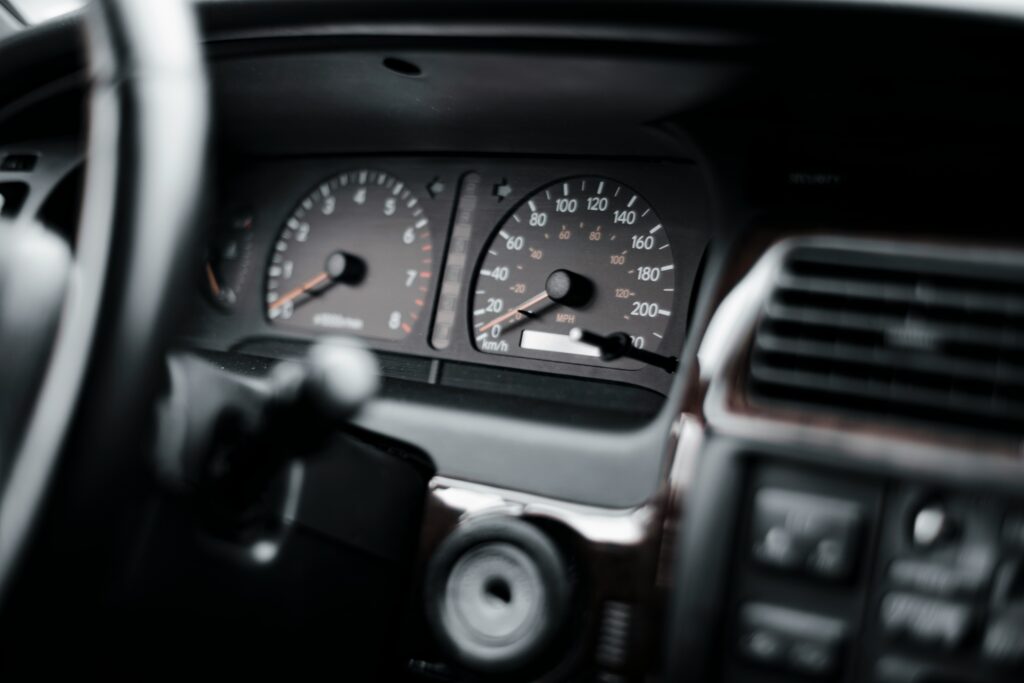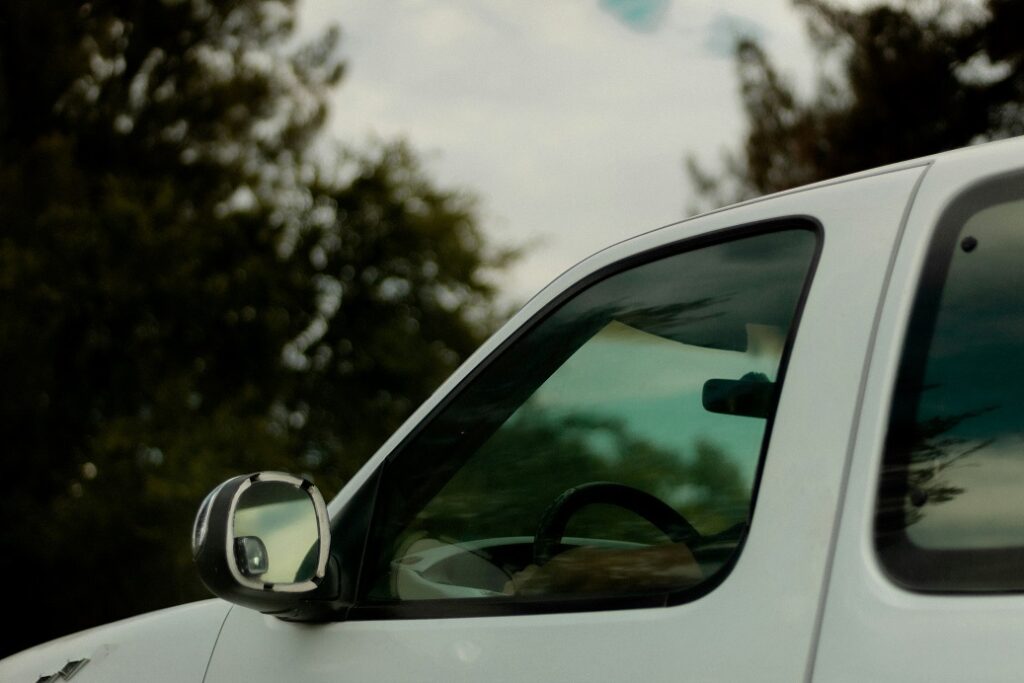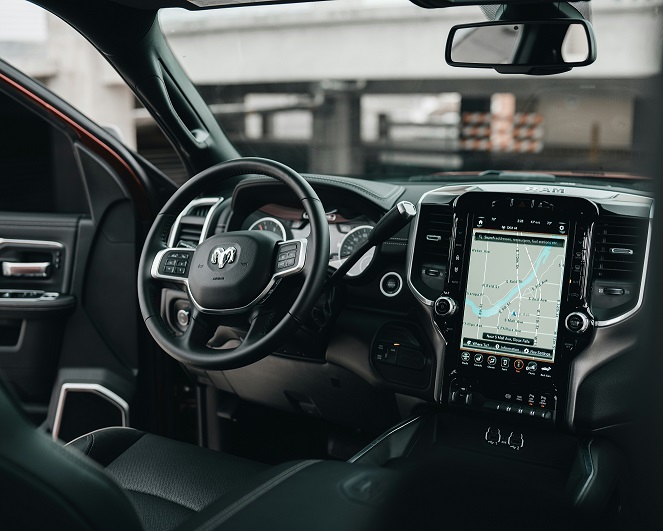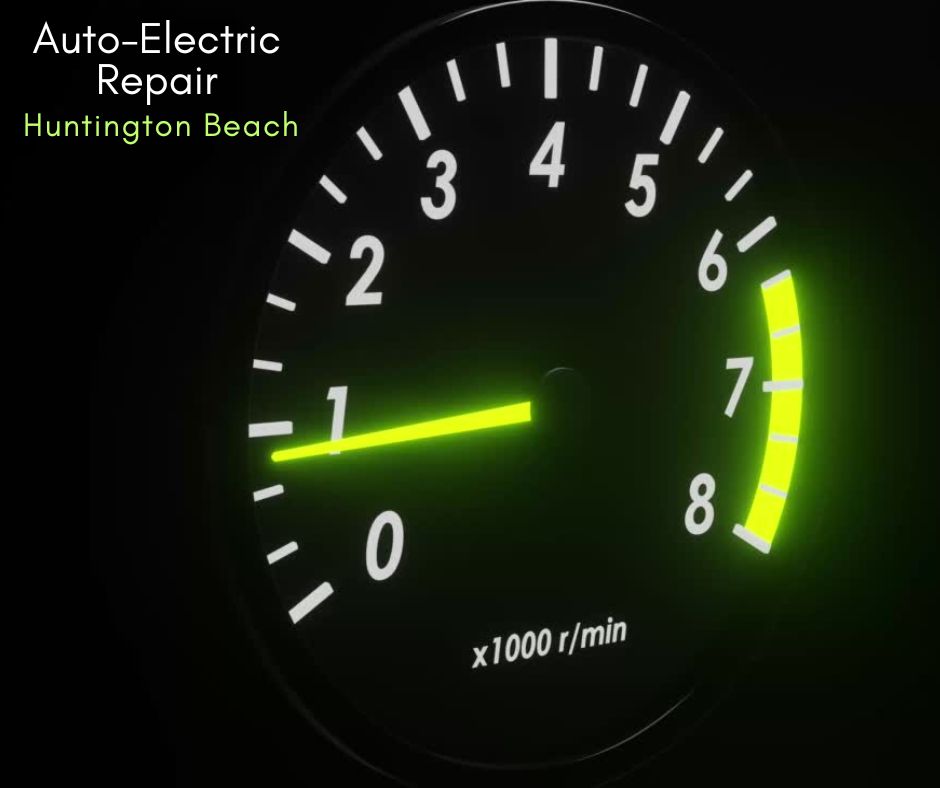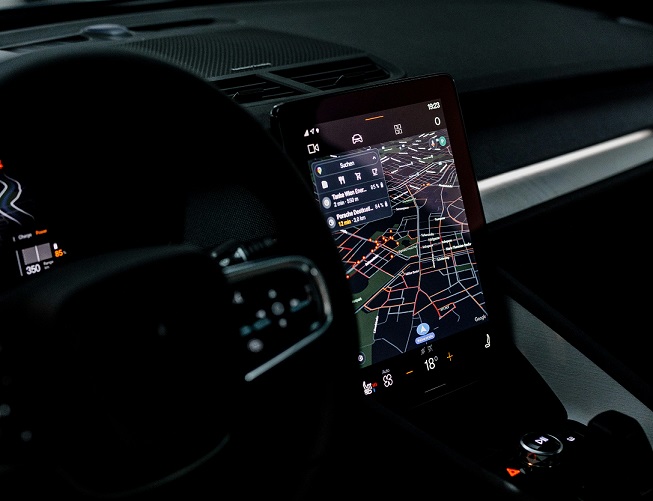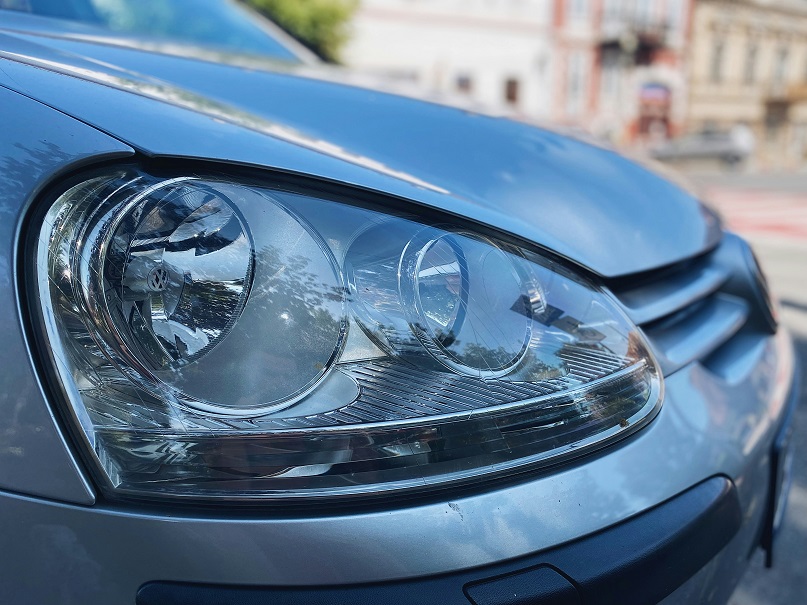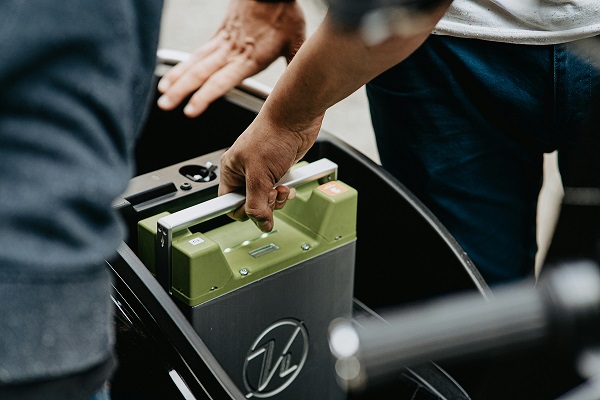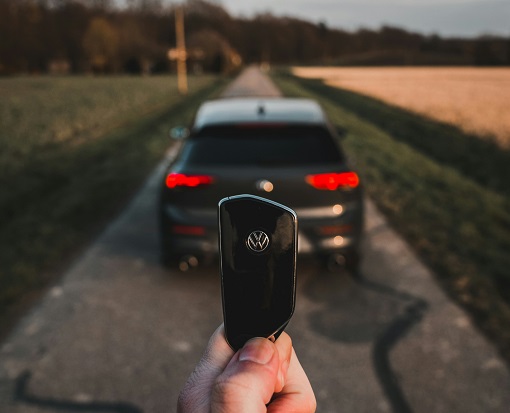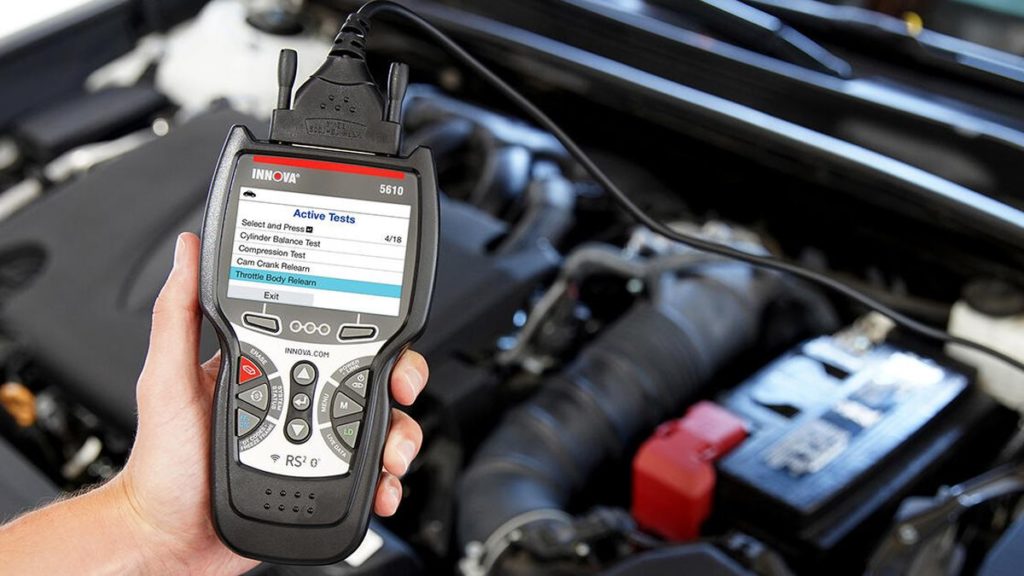Auto Electrical Repairs
Dim dash lights
SHARE
Troubleshooting Dim Dash Lights in Your Car: Common Causes and Solutions
If you’ve noticed that the dashboard lights in your car have been dimming or flickering, it can be a concerning issue that requires attention. The dashboard lights play a crucial role in providing visibility and information to the driver, so it’s important to address any problems with them promptly. In this blog post, we’ll explore the common causes of dim dash lights and provide guidance on how to troubleshoot and resolve the issue.
One of the most common reasons for dim dash lights is a problem with the car’s electrical system. The dashboard lights are powered by the vehicle’s electrical system, which includes the battery, alternator, and wiring. If there is an issue with any of these components, it can result in a decrease in the voltage being supplied to the dashboard lights, causing them to appear dim.
A common culprit is a weak or failing battery. As batteries age, they can lose their ability to hold a charge, which can lead to a drop in the voltage being supplied to the electrical system. This can cause the dashboard lights to appear dim, especially when the engine is not running and the battery is not being recharged by the alternator.
Another potential issue is a problem with the alternator. The alternator is responsible for charging the battery and maintaining the voltage in the electrical system while the engine is running. If the alternator is not functioning properly, it may not be able to provide enough voltage to keep the dashboard lights at their full brightness.
In some cases, the issue may be related to the wiring or connections in the electrical system. Over time, the wiring can become damaged or corroded, which can result in a loss of voltage or a poor connection. This can cause the dashboard lights to appear dim or flicker.
It’s also possible that the dashboard lights themselves are the source of the problem. The bulbs or LEDs that illuminate the dashboard can wear out or fail over time, leading to a decrease in brightness. This is a relatively common issue, especially in older vehicles.
To troubleshoot the problem, you can start by checking the battery. Use a voltmeter to measure the voltage of the battery when the engine is running and when it’s turned off. If the voltage is low or fluctuating, it may be a sign of a problem with the battery or the alternator.
Next, you can check the wiring and connections in the electrical system. Look for any signs of damage, corrosion, or loose connections, and address any issues you find.
If the battery and wiring appear to be in good condition, the problem may be with the dashboard lights themselves. You can try replacing the bulbs or LEDs to see if that resolves the issue.
In some cases, the problem may be more complex and may require the assistance of a professional mechanic. If you’re unable to identify and fix the issue on your own, it’s best to have your vehicle inspected by a qualified technician who can diagnose and repair the problem.
Addressing dim dash lights is important for maintaining the safety and functionality of your vehicle. By understanding the common causes and taking the appropriate steps to troubleshoot and resolve the issue, you can ensure that your dashboard lights are operating at their full brightness and providing you with the information you need while driving.
